Home>Furniture & Design>Interior Design Trends>Why Does Glass Break With Sound
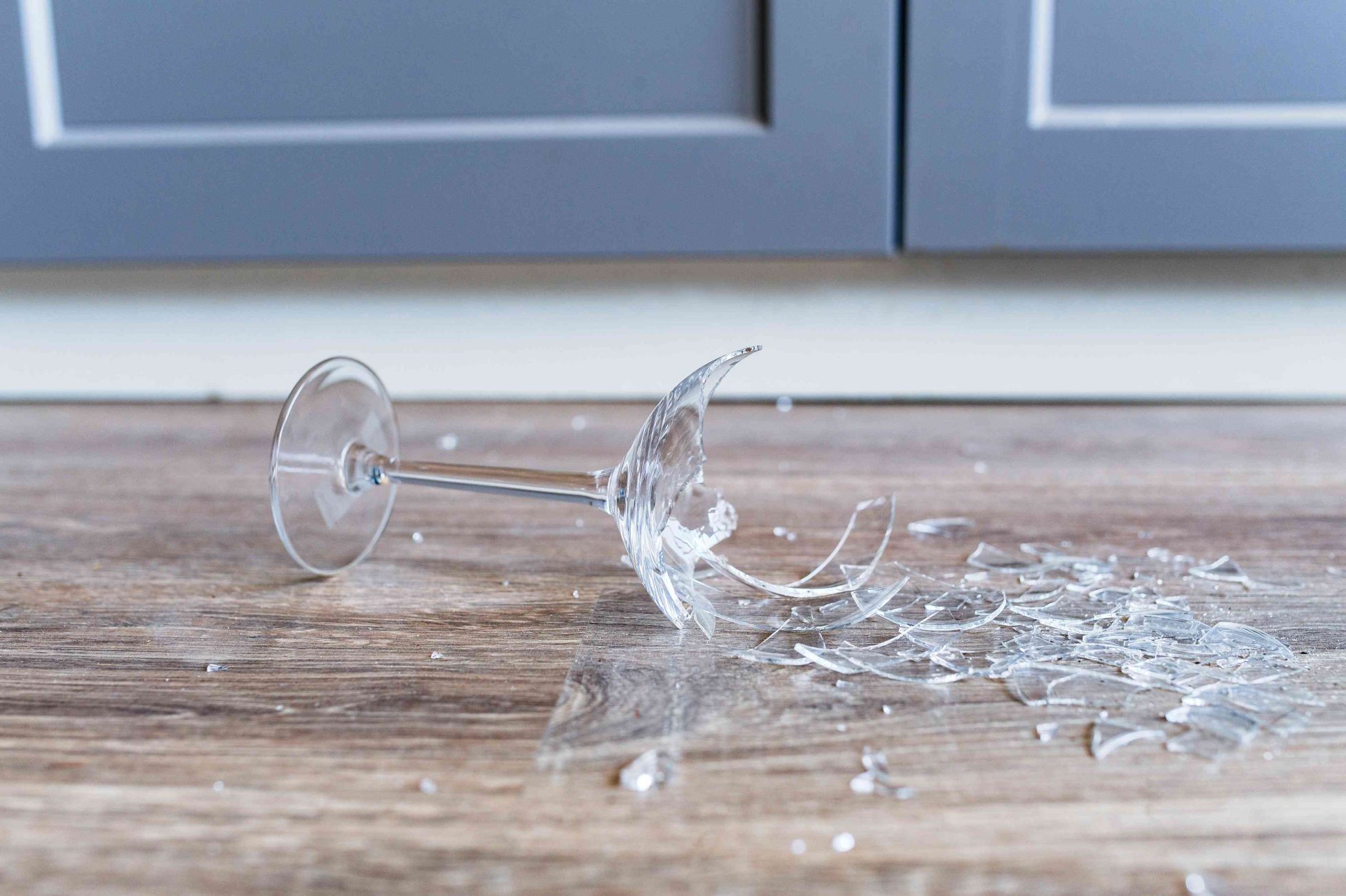

Interior Design Trends
Why Does Glass Break With Sound
Published: February 7, 2024
Discover the science behind why glass breaks with sound and explore the latest interior design trends. Learn how to prevent glass breakage in your home.
(Many of the links in this article redirect to a specific reviewed product. Your purchase of these products through affiliate links helps to generate commission for Storables.com, at no extra cost. Learn more)
Introduction
Glass is a ubiquitous material that surrounds us in various forms, from windows and mirrors to glassware and smartphone screens. Its transparency and versatility make it an integral part of modern architecture and design. However, have you ever wondered why glass shatters when exposed to certain sounds? This phenomenon has intrigued scientists and curious minds for centuries, leading to a deeper exploration of the science behind the interaction of sound waves and glass.
The relationship between sound and glass is a fascinating subject that delves into the intricate properties of both materials. Understanding why glass breaks with sound involves unraveling the complex interplay of vibrations, resonance, and structural integrity. By delving into the science behind this phenomenon, we can gain valuable insights into the behavior of glass under acoustic stress and explore practical measures to mitigate the risk of glass breakage.
In this article, we will embark on a captivating journey through the science of sound and the properties of glass, unveiling the mesmerizing connection between these two elements. We will delve into the effect of sound on glass, exploring the common causes of glass breakage and unveiling effective strategies to prevent such occurrences. By the end of this exploration, you will gain a profound understanding of why glass succumbs to the power of sound and how we can safeguard this fragile yet indispensable material in our daily lives. So, let's embark on this enlightening expedition into the captivating world of sound and glass.
Key Takeaways:
- Glass breaks when exposed to certain sounds due to the vibrations induced by sound waves, causing stress on the glass structure and leading to fractures.
- To prevent glass breakage, ensure proper installation, regular maintenance, and strategic design considerations, while also managing thermal stress and incorporating sound-dampening measures.
Read more: Why Does Ceramic Break Glass
The Science of Sound
Sound is a fascinating phenomenon that permeates every aspect of our lives, from the melodic notes of a song to the gentle rustling of leaves in the wind. At its core, sound is a form of energy that travels through a medium, such as air, water, or solids, in the form of waves. These waves propagate by causing particles in the medium to vibrate, creating a ripple effect that carries the sound energy over distances.
The science of sound is intricately linked to the concept of wave propagation. When an object, such as a guitar string or a vocal cord, is set into motion, it creates a disturbance in the surrounding medium, initiating a chain reaction of vibrating particles. These vibrations travel through the medium in the form of longitudinal waves, where the particles oscillate back and forth in the direction of the wave's propagation.
One of the fundamental properties of sound waves is frequency, which determines the pitch of the sound. Higher frequencies correspond to higher-pitched sounds, while lower frequencies produce deeper tones. Additionally, the amplitude of the sound wave influences its volume, with greater amplitudes resulting in louder sounds.
The behavior of sound waves is governed by the principles of physics, particularly the laws of motion and thermodynamics. When sound waves encounter an obstacle or a boundary between different mediums, they undergo reflection, refraction, and diffraction, leading to complex interactions that shape the way we perceive and experience sound.
In the context of glass, the science of sound becomes particularly intriguing. When sound waves interact with a glass surface, they can induce vibrations within the material, setting off a delicate interplay between the acoustic energy and the structural integrity of the glass. These vibrations, if sufficiently intense, can lead to the destabilization of the glass structure, ultimately culminating in fracture and breakage.
By unraveling the intricate science of sound, we gain a profound appreciation for the profound impact of acoustic energy on the materials that surround us. This understanding forms the foundation for comprehending why glass is susceptible to the influence of sound and provides valuable insights into the mechanisms underlying the phenomenon of glass breakage in response to acoustic stress.
The Properties of Glass
Glass, a material renowned for its transparency and versatility, possesses a unique set of properties that distinguish it from other solids. At its core, glass is an amorphous, non-crystalline material composed primarily of silica, with the addition of various oxides to impart specific characteristics. This composition results in a solid with a disordered atomic structure, lacking the regular crystalline lattice found in most solids.
One of the defining properties of glass is its transparency, allowing light to pass through and enabling us to peer through windows, admire intricate glass artworks, and utilize optical lenses in various applications. This transparency stems from the absence of a regular atomic arrangement, which prevents the scattering of light within the material, unlike in crystalline solids.
Furthermore, glass exhibits exceptional hardness and scratch resistance, making it a preferred material for protective coverings and durable surfaces. Its resistance to chemical corrosion and thermal expansion further enhances its utility in diverse environments, from laboratory equipment to architectural facades.
The mechanical properties of glass, including its tensile strength and elasticity, contribute to its widespread use in construction and engineering. While glass is inherently brittle, it can withstand significant compressive forces, allowing it to bear structural loads in architectural designs and serve as a protective barrier in various applications.
Moreover, the thermal properties of glass play a pivotal role in regulating heat transfer and insulation. Its low thermal conductivity makes it an efficient insulator, contributing to energy conservation in buildings and the manufacturing of thermal barriers in numerous industrial processes.
The electrical properties of glass also merit attention, as it can serve as an excellent insulator in electrical applications, safeguarding against electrical conduction and providing a reliable medium for electronic components and devices.
In essence, the properties of glass encompass a remarkable blend of transparency, hardness, mechanical resilience, thermal efficiency, and electrical insulation. This unique combination of characteristics renders glass indispensable in a myriad of fields, from architecture and interior design to scientific research and technological innovation. Understanding these properties is essential for comprehending the intricate interplay between sound and glass, shedding light on the factors that render glass susceptible to the influence of acoustic energy.
The Effect of Sound on Glass
When sound waves encounter a glass surface, they initiate a complex interplay that can have profound effects on the structural integrity of the material. The interaction between sound and glass hinges on the fundamental principles of wave propagation and the mechanical response of the glass to acoustic energy.
Sound waves, characterized by their frequency and amplitude, can induce vibrations in the glass when they impinge upon its surface. These vibrations propagate through the material, causing the glass to resonate in response to the acoustic stimulus. The resonance of the glass, akin to the reverberation of a musical instrument, amplifies the vibrational energy within the material, setting the stage for potential consequences.
As the intensity of the sound waves increases, the amplitude of the vibrations within the glass escalates, exerting stress on its molecular structure. This stress can reach a critical threshold where the cohesive forces binding the glass atoms together are overwhelmed, leading to the initiation and propagation of fractures. The propagation of these fractures, often imperceptible to the naked eye, can culminate in the sudden and dramatic shattering of the glass, as the accumulated strain within the material exceeds its capacity to maintain structural integrity.
The effect of sound on glass is further compounded by the phenomenon of resonance, wherein the natural frequency of the glass coincides with the frequency of the sound waves. This resonance amplifies the vibrational response of the glass, akin to pushing a swing at its natural frequency to achieve maximum oscillation. When the glass resonates in synchrony with the sound waves, the amplitude of the vibrations increases significantly, intensifying the mechanical stress within the material and hastening the onset of fracture.
Moreover, the spatial distribution of sound waves can influence the localized response of the glass, as areas subjected to concentrated acoustic energy are more susceptible to vibrational amplification and subsequent fracture. This localized effect underscores the nuanced relationship between sound and glass, highlighting the intricate dynamics at play when acoustic energy impinges upon this seemingly inert material.
By unraveling the effect of sound on glass, we gain a profound appreciation for the delicate balance between acoustic energy and the structural resilience of glass. This understanding forms the cornerstone for devising strategies to mitigate the risk of glass breakage in response to sound, empowering us to safeguard this indispensable material in diverse applications.
When sound waves hit glass, they cause the glass to vibrate. If the vibrations are strong enough, they can cause the glass to break. This is because the vibrations weaken the structure of the glass, eventually causing it to shatter.
Common Causes of Glass Breakage
Glass breakage can occur due to a myriad of factors, ranging from mechanical stress to environmental conditions. Understanding the common causes of glass breakage is essential for implementing proactive measures to mitigate the risk of structural failure and ensure the longevity of glass installations.
-
Mechanical Impact: One of the primary causes of glass breakage is mechanical impact, where external forces, such as blunt or sharp objects, collide with the glass surface. This impact can induce localized stress concentrations, leading to the initiation and propagation of fractures. Common scenarios include accidental impacts on windows, doors, and glass tabletops, highlighting the vulnerability of glass to physical collisions.
-
Thermal Stress: Fluctuations in temperature can exert significant stress on glass, especially in the case of uneven heating or cooling. Variations in temperature across different parts of the glass panel can result in uneven expansion or contraction, placing the material under tensile or compressive stress. Over time, this thermal stress can compromise the structural integrity of the glass, culminating in spontaneous breakage or the exacerbation of existing flaws.
-
Inadequate Support or Installation: Improper support or installation of glass components can render them susceptible to breakage. When glass panels are not adequately supported or are subjected to uneven loading, they can experience excessive flexing or bending, leading to stress concentrations that predispose the glass to fracture. Similarly, inadequate installation techniques, such as insufficient cushioning or inappropriate fastening, can compromise the stability of the glass, increasing the likelihood of breakage.
-
Surface Flaws and Scratches: Pre-existing flaws, such as microcracks, chips, or scratches on the glass surface, can serve as initiation sites for fractures. These imperfections act as stress concentrators, amplifying the impact of external forces or thermal stress and hastening the progression of fractures. Moreover, the presence of surface flaws can compromise the overall strength of the glass, making it more susceptible to breakage under relatively low levels of stress.
-
Acoustic Resonance: The phenomenon of acoustic resonance, as discussed earlier, can also contribute to glass breakage. When sound waves impinge upon a glass surface at frequencies that coincide with its natural resonance, the resulting vibrational amplification can induce significant stress within the material, potentially leading to fracture. This effect is particularly relevant in environments where intense or sustained sound energy is present, such as near loudspeakers or industrial machinery.
By recognizing these common causes of glass breakage, we can proactively address potential vulnerabilities and implement measures to enhance the resilience of glass installations. From meticulous installation practices to the strategic placement of glass components, a comprehensive understanding of these causes empowers us to uphold the structural integrity of glass and minimize the risk of breakage in diverse settings.
Read more: Why Does Porcelain Break Glass
Preventing Glass Breakage
Preventing glass breakage encompasses a multifaceted approach that addresses various factors contributing to the vulnerability of glass installations. By implementing proactive measures and adhering to best practices, we can mitigate the risk of structural failure and prolong the lifespan of glass components in diverse applications.
-
Proper Installation and Support: Ensuring that glass panels, windows, and doors are installed with meticulous attention to support and alignment is paramount. Adequate framing, cushioning, and fastening techniques should be employed to distribute loads evenly and minimize stress concentrations. Additionally, adherence to industry standards and guidelines for glass installation is essential to uphold the stability and integrity of the glass.
-
Regular Inspection and Maintenance: Periodic inspection of glass surfaces for scratches, chips, or pre-existing flaws is crucial for identifying potential weak points. Prompt repair or replacement of damaged glass can prevent the propagation of fractures and enhance the overall resilience of the installation. Furthermore, routine maintenance to address issues such as inadequate sealing or support can mitigate the risk of breakage due to environmental factors.
-
Temperature Regulation: Managing thermal stress by employing tempered or laminated glass in areas prone to temperature differentials can bolster the resistance of glass to spontaneous breakage. Additionally, the strategic placement of shading devices or UV-protective films can mitigate the impact of solar radiation, reducing the likelihood of thermal stress-induced fractures.
-
Sound Dampening Measures: In environments where intense or sustained sound energy is prevalent, incorporating sound-dampening materials or acoustic barriers can attenuate the transmission of sound waves to glass surfaces. By reducing the amplitude of vibrations induced by acoustic resonance, these measures can diminish the risk of glass breakage in response to sound.
-
Education and Awareness: Educating individuals about the proper handling and maintenance of glass components can foster a culture of care and attentiveness. Clear guidelines regarding permissible loads, cleaning techniques, and precautions against impact can empower occupants and maintenance personnel to contribute to the preservation of glass integrity.
-
Strategic Design Considerations: Integrating design elements that minimize the exposure of glass to potential impact or stress, such as the use of protective barriers or the incorporation of resilient framing systems, can enhance the durability of glass installations. Furthermore, leveraging advanced modeling and simulation techniques during the design phase can optimize the structural performance of glass components.
By embracing these preventive strategies, we can fortify the resilience of glass installations and curtail the incidence of breakage, ensuring the longevity and safety of glass in diverse environments. Through a holistic approach that encompasses installation, maintenance, and environmental considerations, we can uphold the intrinsic beauty and functionality of glass while safeguarding it against the perils of breakage.
Conclusion
In conclusion, the enthralling interplay between sound and glass unveils a captivating narrative of scientific principles, material properties, and practical implications. The phenomenon of glass breakage in response to sound, rooted in the delicate dynamics of wave propagation and structural resilience, underscores the intricate relationship between acoustic energy and the vulnerability of glass. By delving into the science of sound and the properties of glass, we have gained profound insights into the mechanisms underlying this intriguing phenomenon.
The common causes of glass breakage, ranging from mechanical impact and thermal stress to acoustic resonance, underscore the multifaceted nature of the challenges posed to glass installations. These causes illuminate the diverse factors that can compromise the structural integrity of glass, necessitating a comprehensive approach to prevention and mitigation.
However, through proactive measures such as meticulous installation practices, regular maintenance, and strategic design considerations, we can fortify the resilience of glass and minimize the risk of breakage. By embracing these preventive strategies, we can uphold the intrinsic beauty and functionality of glass while safeguarding it against the perils of structural failure.
Ultimately, the profound understanding gained from unraveling the science of sound and its effect on glass empowers us to navigate the intricate landscape of material behavior and environmental influences. By leveraging this knowledge, we can foster a culture of care, attentiveness, and innovation in the realm of glass design and utilization, ensuring that this indispensable material continues to enrich our lives with its transparency, resilience, and aesthetic allure.
As we embark on this enlightening expedition into the captivating world of sound and glass, let us embrace the transformative potential of our insights and endeavors, shaping a future where glass stands as a symbol of enduring strength and timeless elegance, undeterred by the echoes of sound that once threatened its stability.
Frequently Asked Questions about Why Does Glass Break With Sound
Was this page helpful?
At Storables.com, we guarantee accurate and reliable information. Our content, validated by Expert Board Contributors, is crafted following stringent Editorial Policies. We're committed to providing you with well-researched, expert-backed insights for all your informational needs.



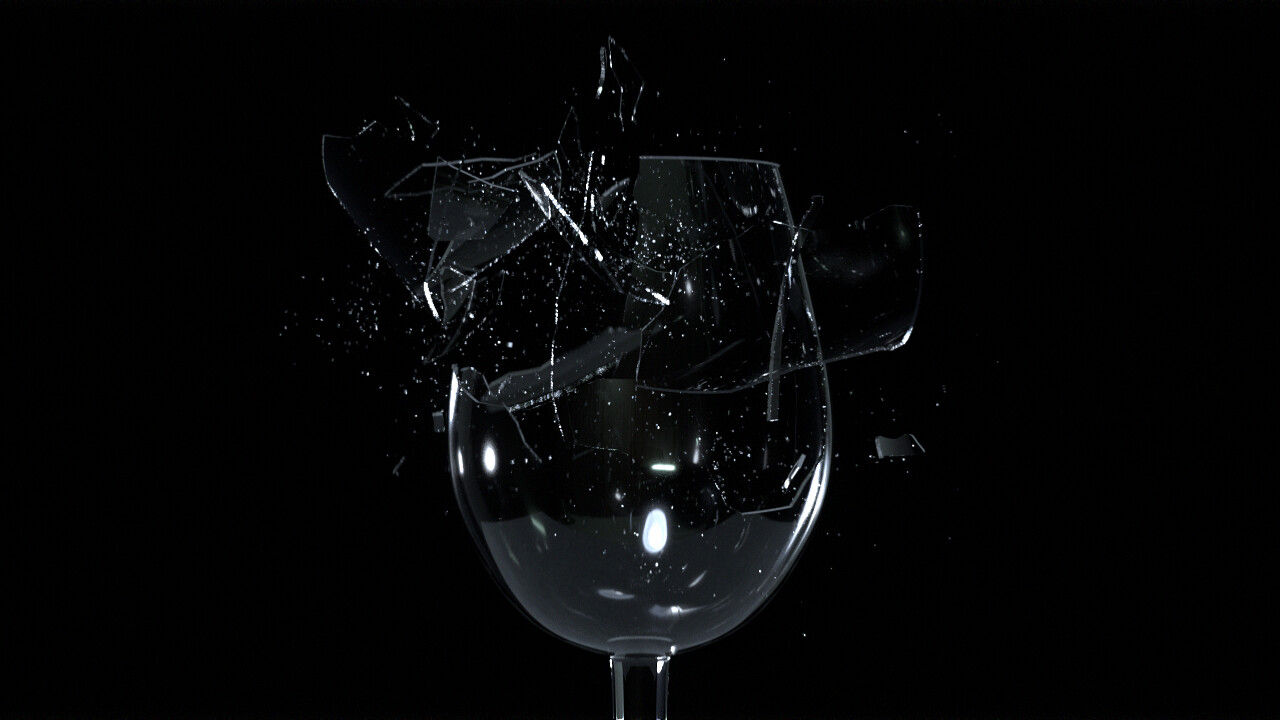
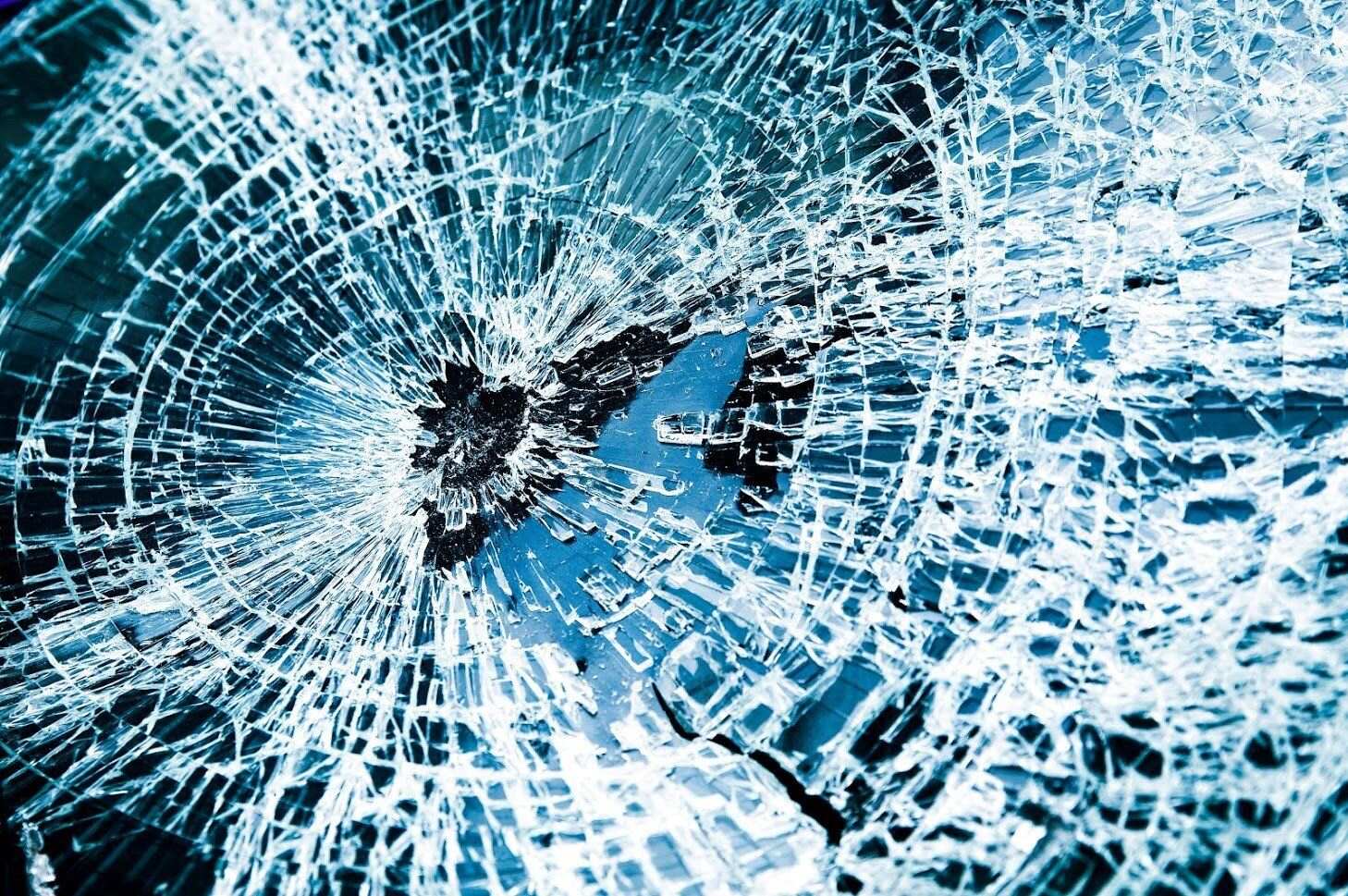


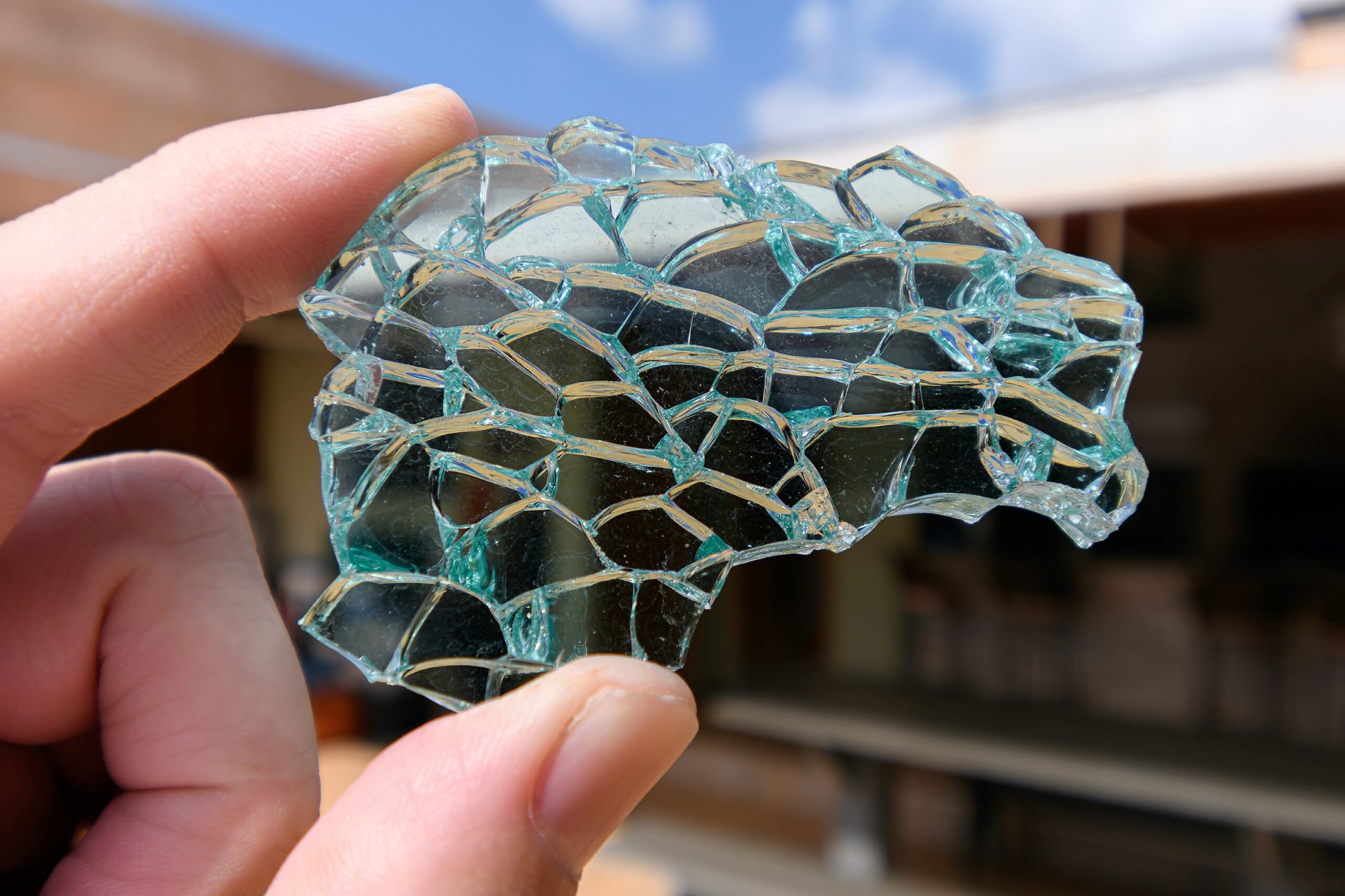

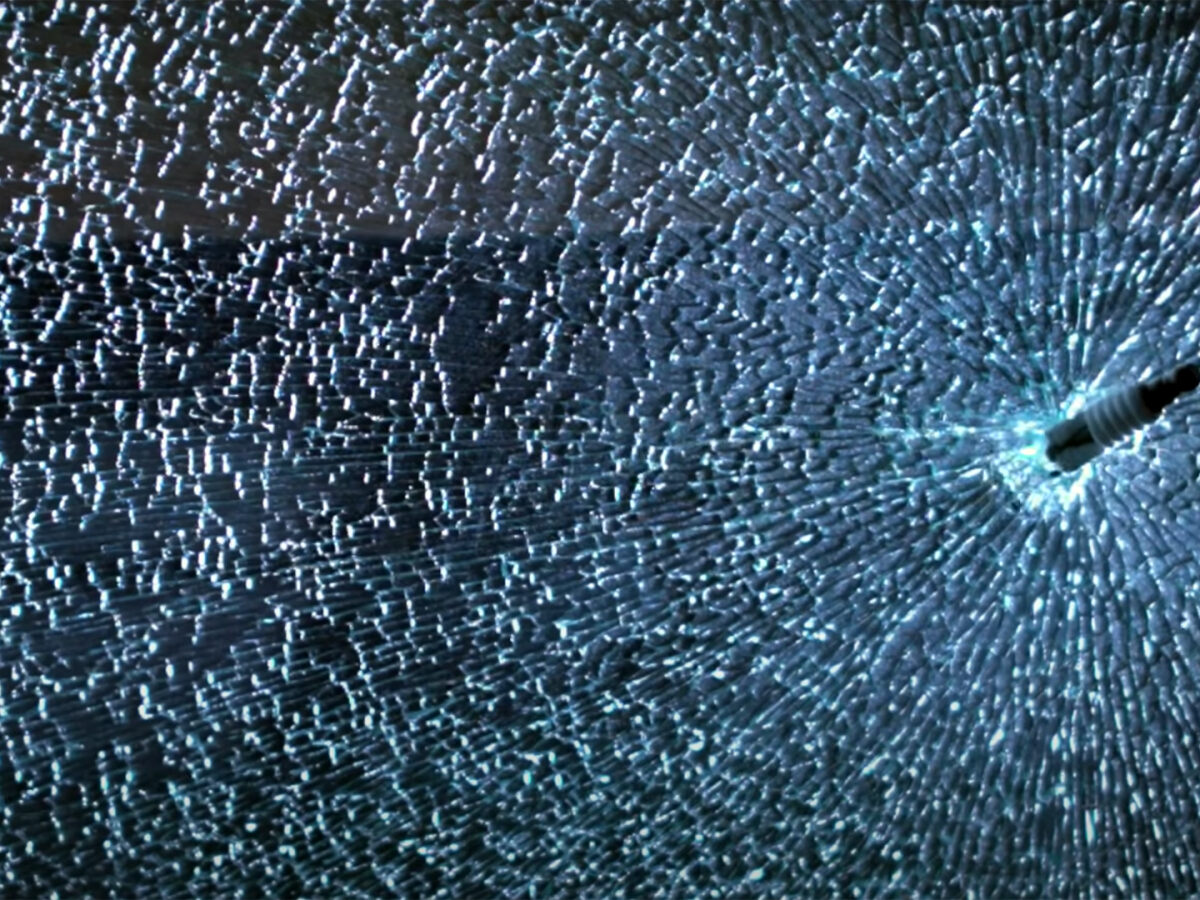


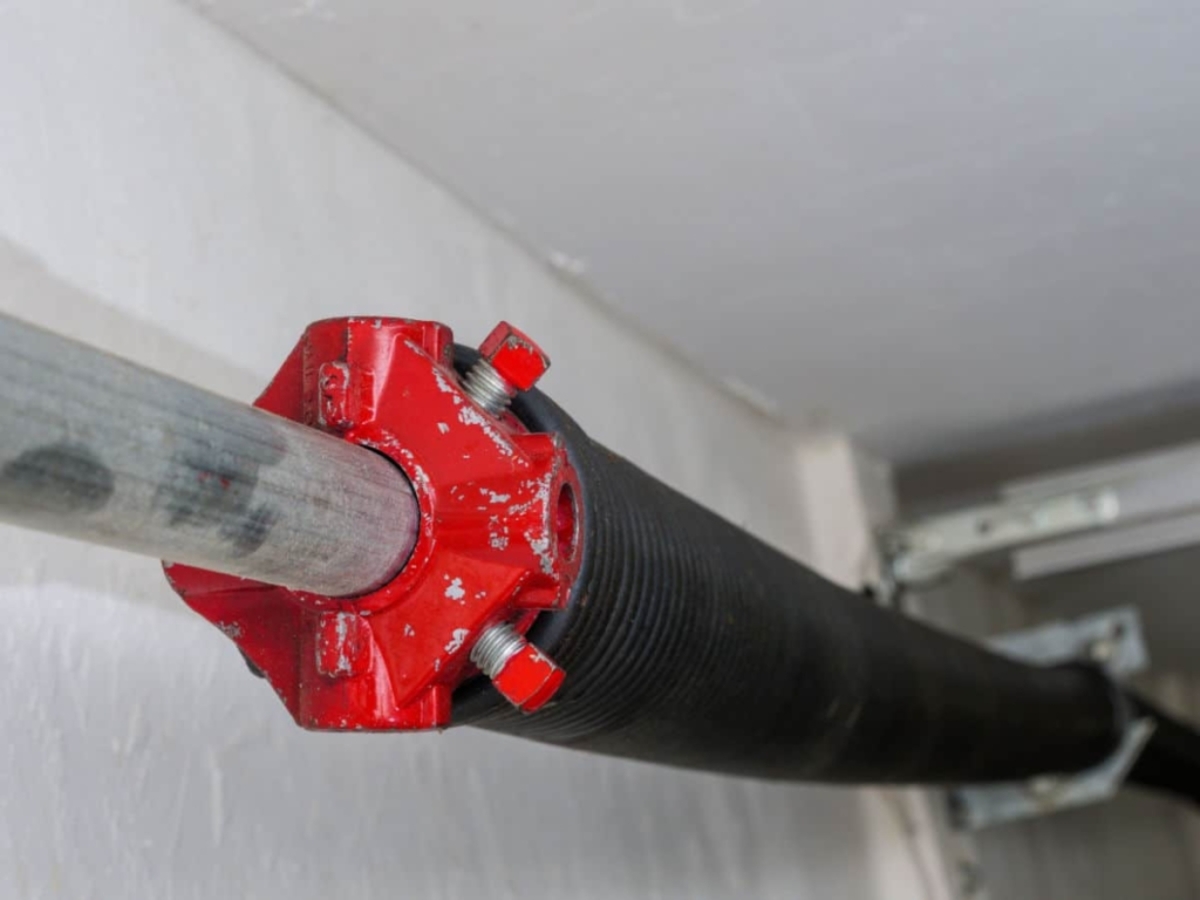


0 thoughts on “Why Does Glass Break With Sound”